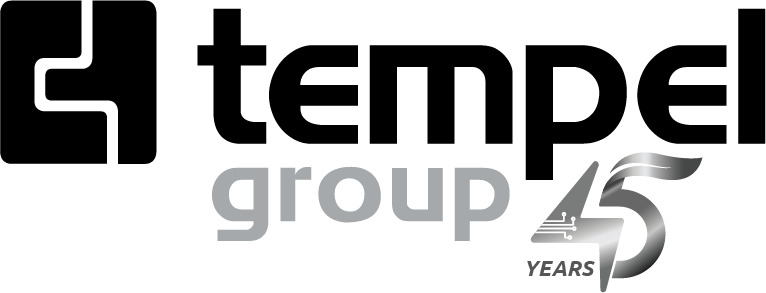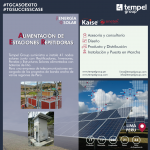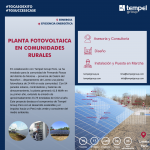
Transforming the Peruvian Energy Industry: Circular Economy and Battery Regeneration with Kaise
The circular economy is a model of production and consumption that encourages the process of reusing existing materials and products to extend their life cycle and thus achieve an environmentally sustainable economy. The objective with these elements is to reuse, rent, repair, renew, share and recycle them as many times as necessary.
One of the main lines of action of the current Peruvian government is to implement a model of circular economy is a priority, through the implementation of sustainable policies and the execution of projects that go along the same path, this is how companies in the country have been implementing it more and more frequently, in order to increase the competitiveness and productivity of the industry in the country.
Working to improve people's quality of life through criteria of social justice and improvement of the environment. environmentis one of the values of Tempel Group and that is why we like to participate in projects and contests that motivate us to reach our goals, being faithful to our belief.
Thus, for a multinational company that manufactures and distributes electrical energy and gas, Tempel Group has delivered a service of regeneration and recovery of lead acid batteries as those installed in their electrical infrastructure, with the aim of prolonging "the useful life of the same" within the category of the "Circular Design" contest, thus reducing procurement costs and minimizing the environmental impact of battery banks.
VRLA batteries (Valve Regulated Acid Lead) use the AGM Technology (glass fiber separators). AGM separators separate the positive and negative plates by absorbing the electrolyte. The immobilization of the electrolyte and the AGM separator maintain firm contact between the plates; this is a key requirement for VRLA batteries. The use of the AGM separator facilitates the transfer of oxygen gas generated on the positive plate during charging to the negative plate. During the chemical reaction of internal gas recombination, hydrogen and oxygen re-create water, preventing water loss to the electrolyte.
The regeneration of lead-acid batteries is an electrical process that removes lead sulfate from the internal plates of the battery, restoring the battery's nominal charge capacity. Our battery regeneration technology recovers the lost capacity of the battery by means of perfectly controlled pulses of electric current.
Kaise is a brand backed by a team of engineers and technicians specialized in research and development of new technologies. This peculiarity, distinguishes us from the majority of manufacturers of VRLA batteries. We offer a wide range of models with different electrochemical technologies.
Kaise is a seal that belongs exclusively to Tempel GroupThanks to this, we are able to supply our customers with global energy solutions in an autonomous, reliable and safe manner. Consequently, we offer excellent value for money, whether for standard or customized solutions.






